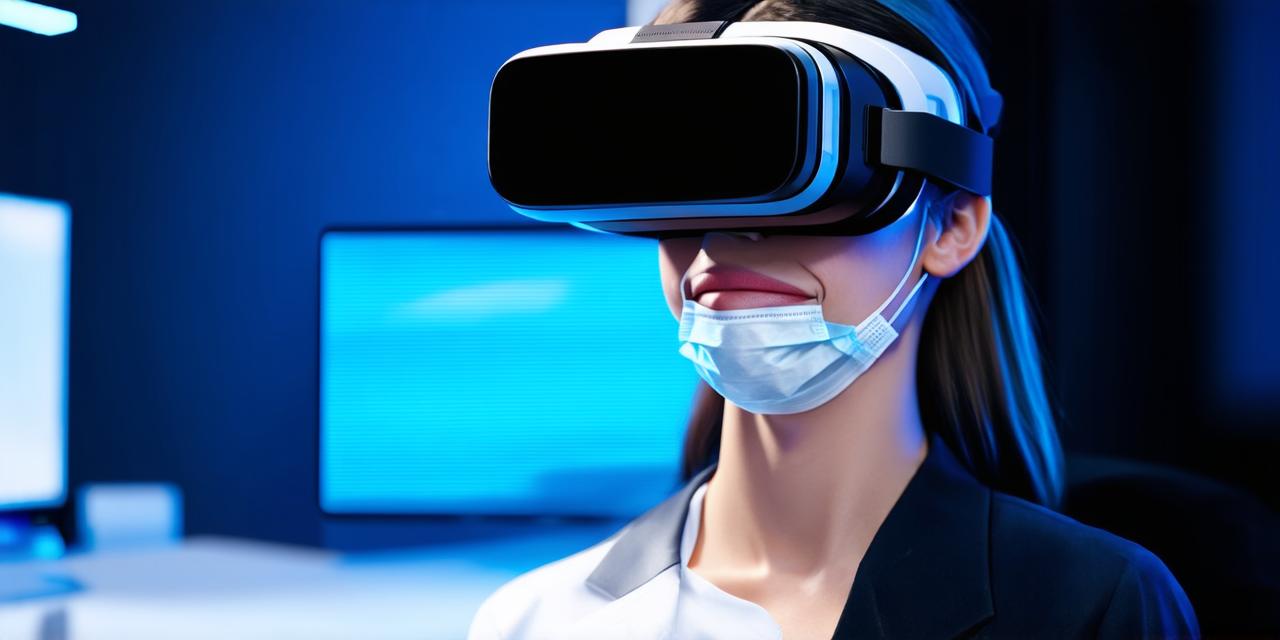
Virtual Reality (VR) technology has revolutionized various industries over the past decade, including healthcare. VR has the potential to transform the way patients receive medical care, improving patient outcomes, and reducing costs.
One of the most significant impacts of VR in healthcare is in surgical procedures. Surgeons can use VR to simulate surgeries before performing them on actual patients, allowing for better planning and precision. This technology also allows for remote surgeries, which can be beneficial for patients in rural areas or those with limited access to specialized care.
A study published in the Journal of Surgical Research found that surgeons who used VR simulations had a lower complication rate and shorter hospital stays compared to surgeons who did not use VR. This technology has also been used to train surgeons in complex procedures, such as brain surgery, allowing for greater precision and safety during these operations.
Another area where VR can make a significant impact is in patient education. Patients can use VR technology to visualize complex medical procedures or conditions, making it easier for them to understand their treatment options and manage their health.
For example, a patient with diabetes can use VR to simulate managing their blood sugar levels and see the effects of different dietary and exercise choices. This can empower patients to take a more active role in their healthcare and improve their overall outcomes.
Virtual reality can also be used for pain management. Patients who are experiencing chronic pain can use VR technology to distract themselves from their pain and reduce discomfort. A study published in the Journal of Pain found that VR therapy was as effective as medication in reducing pain levels in patients with fibromyalgia.
This technology has also been used to treat patients with post-traumatic stress disorder (PTSD), allowing them to confront and overcome traumatic memories in a safe and controlled environment.
In addition to these benefits, VR can also help reduce healthcare costs. By simulating surgeries and allowing for remote consultations, VR technology can reduce the need for expensive equipment and facilities. It can also lead to earlier diagnoses and faster recovery times, which can reduce hospital stays and other healthcare costs.
For example, a study published in the Journal of Medical Internet Research found that using VR for telemedicine consultations reduced the cost of care by up to 40%.
Despite these potential benefits, there are still challenges to overcome in the integration of VR technology in healthcare. One challenge is the cost of VR devices and software, which can be prohibitive for some healthcare providers.
Another challenge is the need for specialized training for healthcare professionals to effectively use VR technology. There is also a concern about patient privacy and data security when using VR technology in healthcare settings.
In conclusion, virtual reality technology has the potential to transform the way we approach healthcare. From surgical procedures to patient education and pain management, VR can help improve patient outcomes while reducing costs. While there are still challenges to overcome, the integration of VR technology in healthcare is a promising development that will undoubtedly continue to evolve in the years come.
As virtual reality developers, we have an opportunity to contribute to this exciting field and make a real impact on people’s lives.
